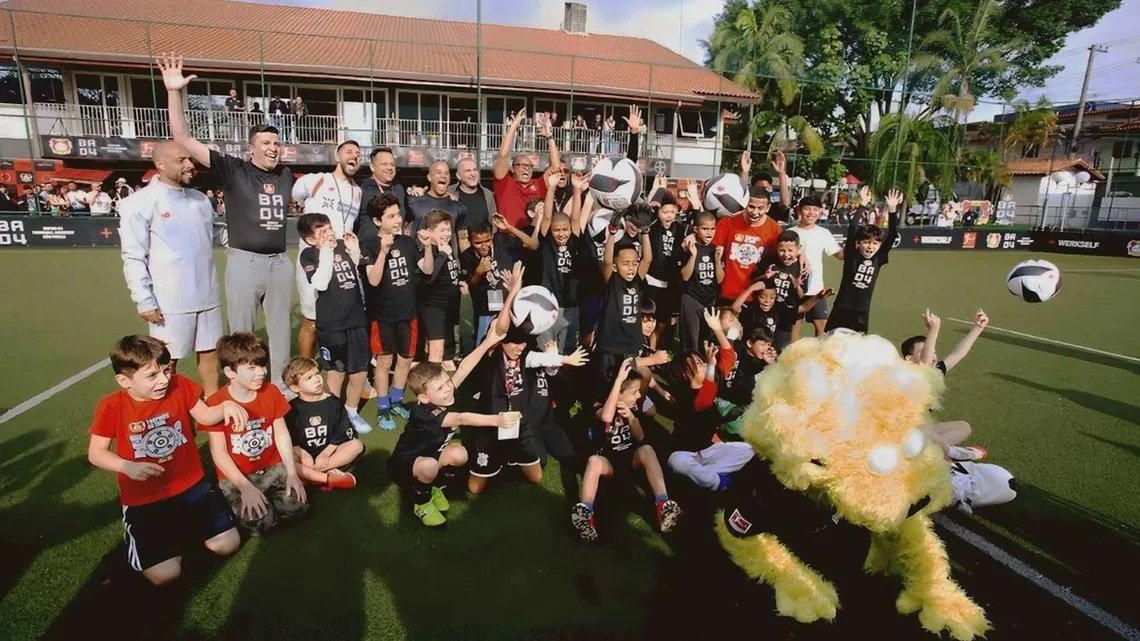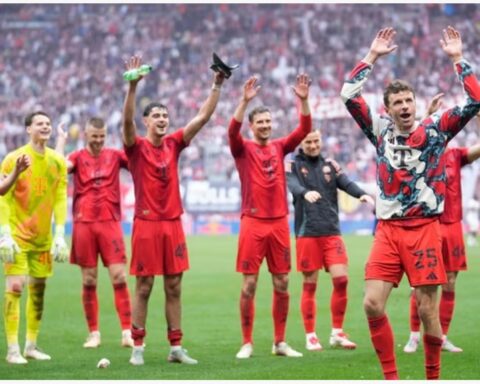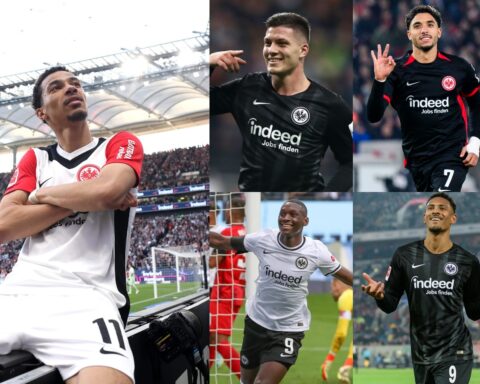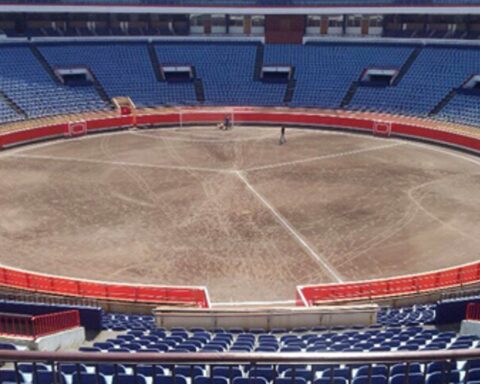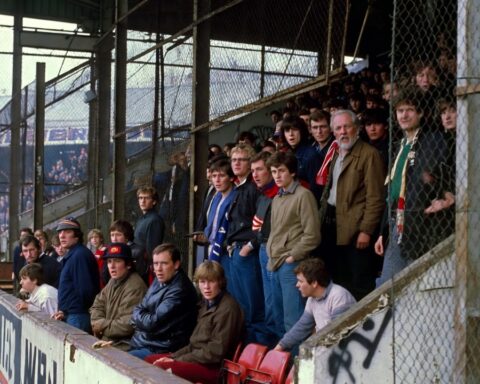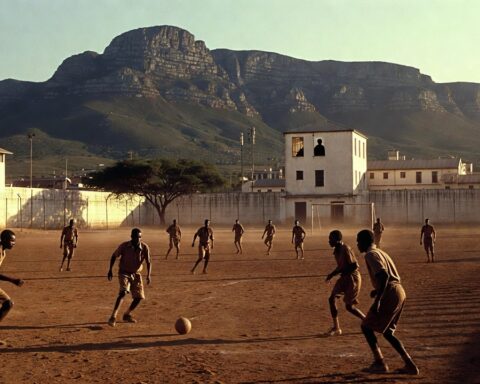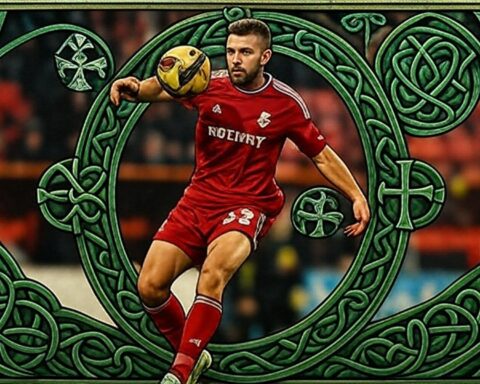By the time the bottle was empty and the cigarette had burned down to the filter, Bayer Leverkusen had already hijacked another plane to Brazil.
Not literally, of course. That would have been frowned upon by UEFA. But spiritually?
Fully loaded. Like a German battleship dipped in cachaça and samba, plowing full-speed toward the future—and it smells like São Paulo grass and teenage ambition.
In June, Bayer Leverkusen threw open the doors to its brand-new Fussball-Akademie in the pulsating belly of Brazil’s largest city.
São Paulo, a riot of talent, traffic, and transcendent footballing genetics, is now home to the black-and-red cathedral of Bayer 04.
This wasn’t a casual handshake deal or another European club dipping a toe into South America for branding clout.
No, this was a full-blown declaration of footballing lust. The German side isn’t just fishing for the next Neymar—they’re digging the well, building the village, and posting guards at the entrance.
And it all makes perfect sense, considering Leverkusen’s long-standing love affair with the land of Pelé.
The Bloodline: Brazilians in Black and Red
Let’s rewind a bit, before the flares and speeches and ceremonial ribbon-cutting in São Paulo. Before the academy. Before the kids. Before the future.
This bizarre Teutonic-Samba connection didn’t just materialize overnight. It’s a hallucinogenic love story that began in the late 1980s and exploded in the 1990s, an era when Leverkusen’s scouts wandered into Brazil, wide-eyed and frenzied, looking for chaos, beauty, and bargains.
Enter the legends.
Ze Roberto, all swaying hips and eternal lungs, danced through midfield like he was on a Copacabana promenade. He came to Leverkusen in the late ’90s, stayed five years, and planted the flag: Yes, you can samba in the Bundesliga.
Then came Lucio, the granite-faced warlord of defense. Signed from Internacional in 2001, he was the rock on which Leverkusen built its most tragic symphony—reaching the Champions League final in 2002, only to lose to Real Madrid after that Zidane volley. Lucio, all madness and muscle, remains the icon of what could have been.
Over the years, more Brazilians followed: Juan, Renato Augusto, Paulo Sérgio, Jorginho, Franca—each adding a splash of Copacabana to the cold Rhineland.
It wasn’t just about flair; these were players who adapted, evolved, survived the brutal German winter—literally and metaphorically.
Even in 2023/24, the title-winning miracle season under Xabi Alonso, Leverkusen’s Brazilian Arthur patrolled the right flank like a predator dipped in silk. There was always one. There had to be.
São Paulo: The Academy of Future Madness
Now they’ve made it official. No more scouting trips filled with caipirinhas and red-eye flights. Bayer 04 has pitched its tent right in the thick of it—on the gritty, glory-soaked training grounds of São Paulo.
This isn’t some European branding stunt with slick PowerPoints and empty promises. This thing is built for war. According to club officials and Bundesliga reports, the facility will train over 100 young players annually—scouted from across Brazil—and provide not just world-class coaching, but a cultural bridge to Leverkusen’s hallowed turf in Germany.
The goal? A production line of talent that doesn’t just dazzle on YouTube reels, but fits seamlessly into the Werkself ethos: hard-working, tactically intelligent, and ready to win ugly if the moment demands.
But the romanticism can’t be ignored. Because, really, this is about more than tactics and training cones. This is about feeding the addiction.
Leverkusen needs Brazilians the way journos needed Wild Turkey. The way Bukowski needed typewriters and hangovers. It’s in the club’s bloodstream.
And São Paulo—chaotic, creative, cruel—is the ultimate supplier.
Why This Isn’t Just A Business Move
There’s a temptation to look at this through cold, capitalist goggles. “Ah, another club tapping into a cheap talent pool,” you might say, swirling your espresso and arching your bourgeois eyebrows.
Wrong lens, friend. This is about soul.
Bayer Leverkusen has always been football’s strange psychedelic experiment. A club owned by a pharmaceutical giant. A club that plays in a town best known for aspirin. A club that soared in 2002, reached every final imaginable—and lost all of them. They were the Buffalo Springfield of football—brilliant, ahead of their time, and ultimately tragic.
And the Brazilians? They were the acid. The necessary hallucinogen. Without them, Leverkusen doesn’t just lose. It dies.
The academy in São Paulo ensures the trip continues. The visions don’t fade. The rhythm doesn’t stutter.
The Future: A Blood Pact Signed in Boots and Rain
So, what happens next?
If Bayer plays their cards right—and they have, so far—they’ve essentially plugged into a live wire of footballing energy.
São Paulo is home to more street footballers per square kilometer than any city on Earth. And now those barefoot phenoms have a red-and-black beacon in the distance.
More Arthurs. More Ze Robertos. More chaos.
But this time, they’ll arrive not as mercenaries or wide-eyed imports, but as graduates of Leverkusen’s Brazilian Way.
Fluent in German discipline and Brazilian instinct. Ready to challenge the likes of Bayern, Dortmund, and whatever petrostate happens to be in vogue.
And the rest of Europe? They’ll blink, pour another drink, and ask themselves:
How the hell did Bayer Leverkusen become the psychedelic heart of Brazilian football?
Final Thoughts From the Edge
The story isn’t finished. It never is with Leverkusen. The lines blur, the beat shifts, the samba swells into a Wagnerian crescendo. This is a club that lives on the edge of glory and collapse, often both at once.
But one thing is clear: with São Paulo now feeding directly into the bloodstream, the Werkself has become more dangerous than ever. Not just a factory club anymore.
No, this is something else. Something electric. Something unholy and beautiful.


